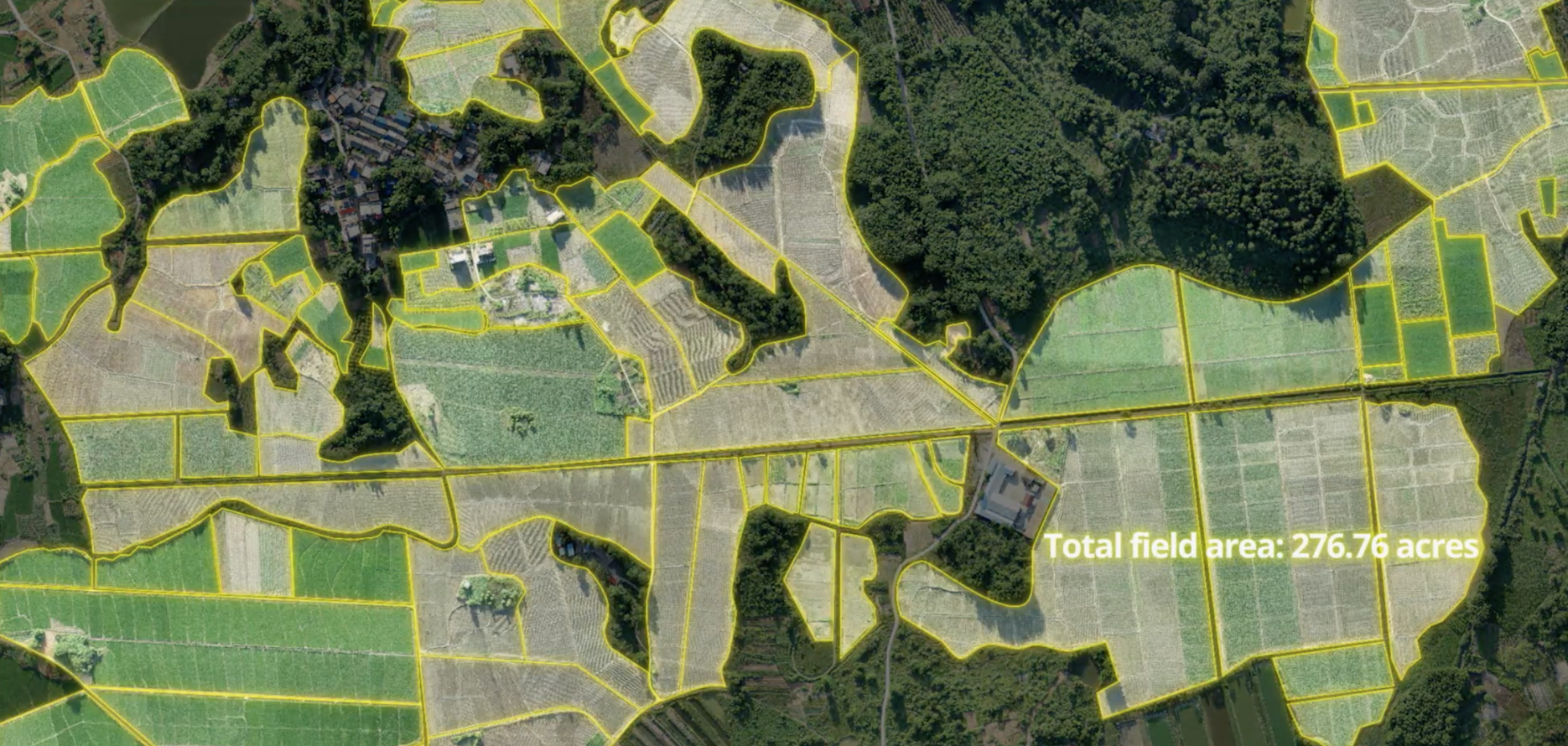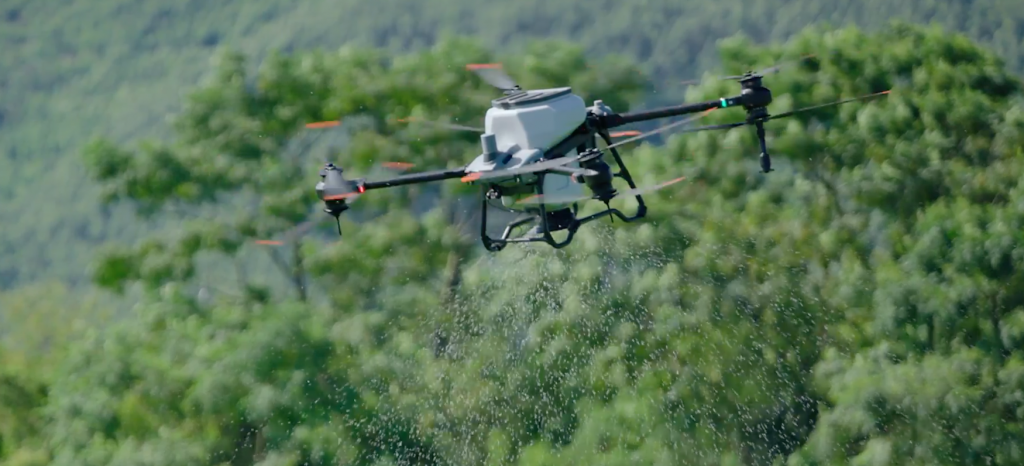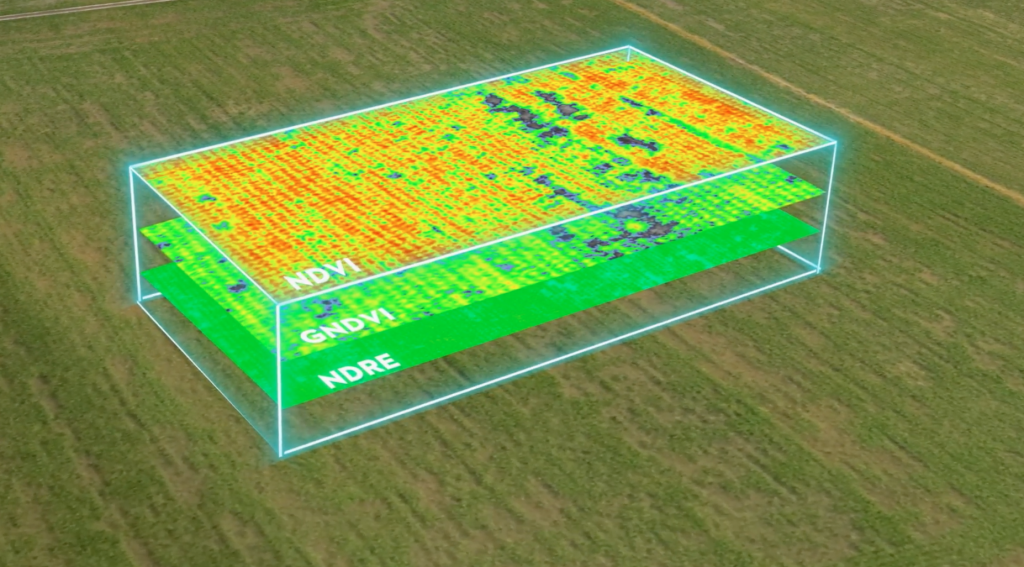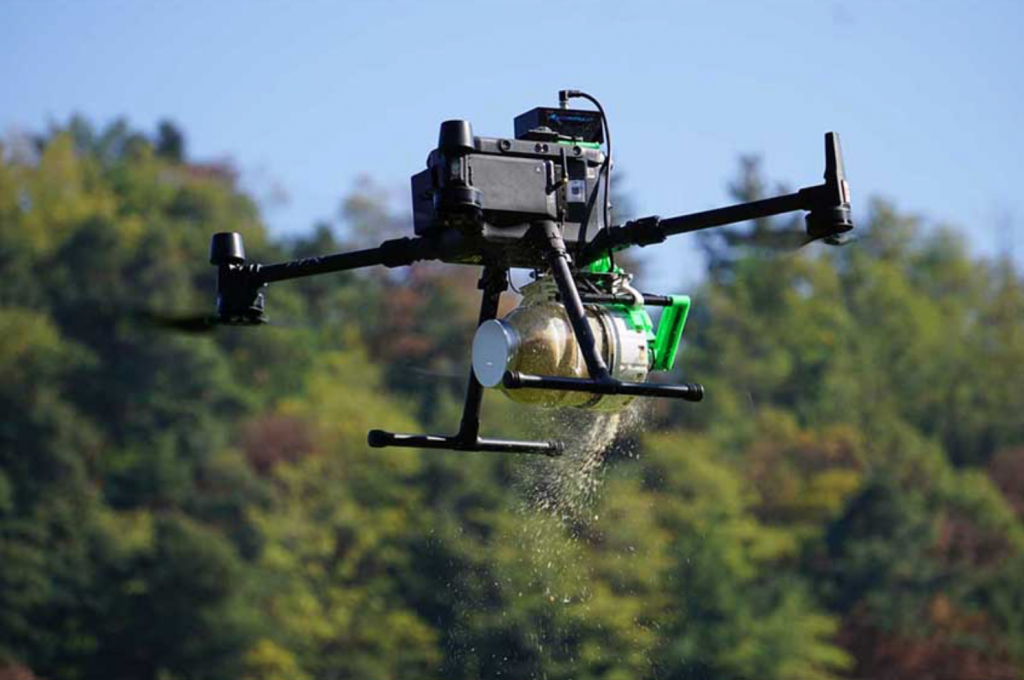
Producing more while consuming less water: the expansion of agriculture 4.0
From drones to sensors, from agricultural photovoltaics to vertical farming, how agricultural work will change over the next few years in order to cope with climate change
by Andrea De Tommasi
“From low-tech irrigation methods to precision agriculture and agricultural drones, emerging agricultural technology is generating efficiency gains, boosting production and creating new jobs,” the World Economic Forum wrote in its recent “Markets of tomorrow report 2023”. The WEF asked managers from 120 countries which technologies will prove to be strategically more important in the next decade: agricultural technologies ranked first, followed by those for education and workforce development, and those for storage and the generation of energy.

A research published a few days ago by the Smart Agrifood Observatory of the Milan Polytechnic found that the agriculture market 4.0, with its connected machinery and remote monitoring systems for crops and land, in Italy in 2022 made a step forward, surpassing the 2 billion euro wall (2.1) and growing by a third compared to the previous year. An increase that took place in a difficult scenario, between the increase in the cost of raw materials and the crisis linked to the great drought.
Encouraging data for a sector that runs in other countries (see the United States and Australia), but is starting to have a significant impact here too, despite the fact that there is still space for development: it is estimated that only about 10,000 farms in Italy , out of a total of 1 million and 100 thousand, use systems related to agriculture 4.0. The level of diffusion, among other things, varies according to the specific technology and the geographical area in which they are used.
Some of these technologies are spreading quite rapidly, such as the use of sensors to collect data on crops and the surrounding land, the automation of agricultural activities such as planting and harvesting, and the use of drones for crop mapping and monitoring.

Sensors and Drones in Agriculture
Another mature technology that is gaining increasing importance in the agricultural sector from a green perspective is that of drones. Aermatica3D is an Italian company specialized in drones for precision agriculture. “For the precision distribution of liquids, granulates, powders and capsules our drones fly at a height of 1.5-3 meters“, explains Paolo Marras, General Manager of the company, “they can also carry out surveys in a field and collect useful data for making decisions on the strategies to be adopted. The advantages are the relative ease of application, the high precision which means that less product is used and it acts directly on the crop, the possibility of reaching dangerous areas for humans, just think of the hillside vineyards, and last but not least labor savings. All at a competitive cost, much lower, for example, than operating with a tractor”.
Aermatica3D follows farmers by providing DJI Academy certified drone pilot courses, support and DJI Agras certified maintenance. The insect distribution kit solutions useful for biological control and assisted pollination by Aermatica3D are also in great demand abroad, for example in Chile and Malaysia. “In Italy, knowledge of precision agriculture is still in its beginning, farmers have a certain distrust of solutions other than those they usually use. The new generations, however, have a much more innovative approach than the previous ones. There is also a great push from the regions through national calls for tenders which are greatly encouraging the purchase of drones”.

Read more on FuturaNetwork.eu

